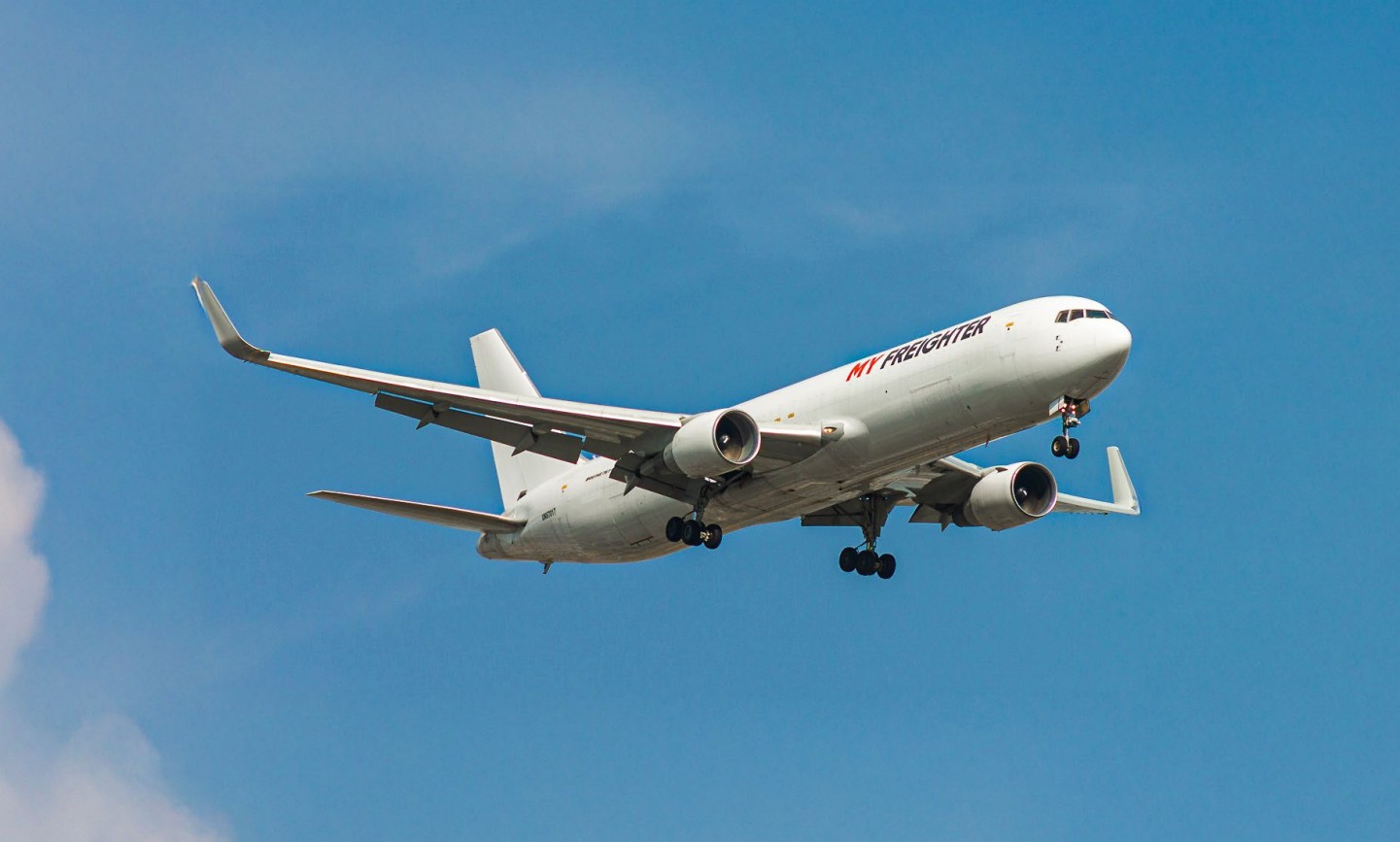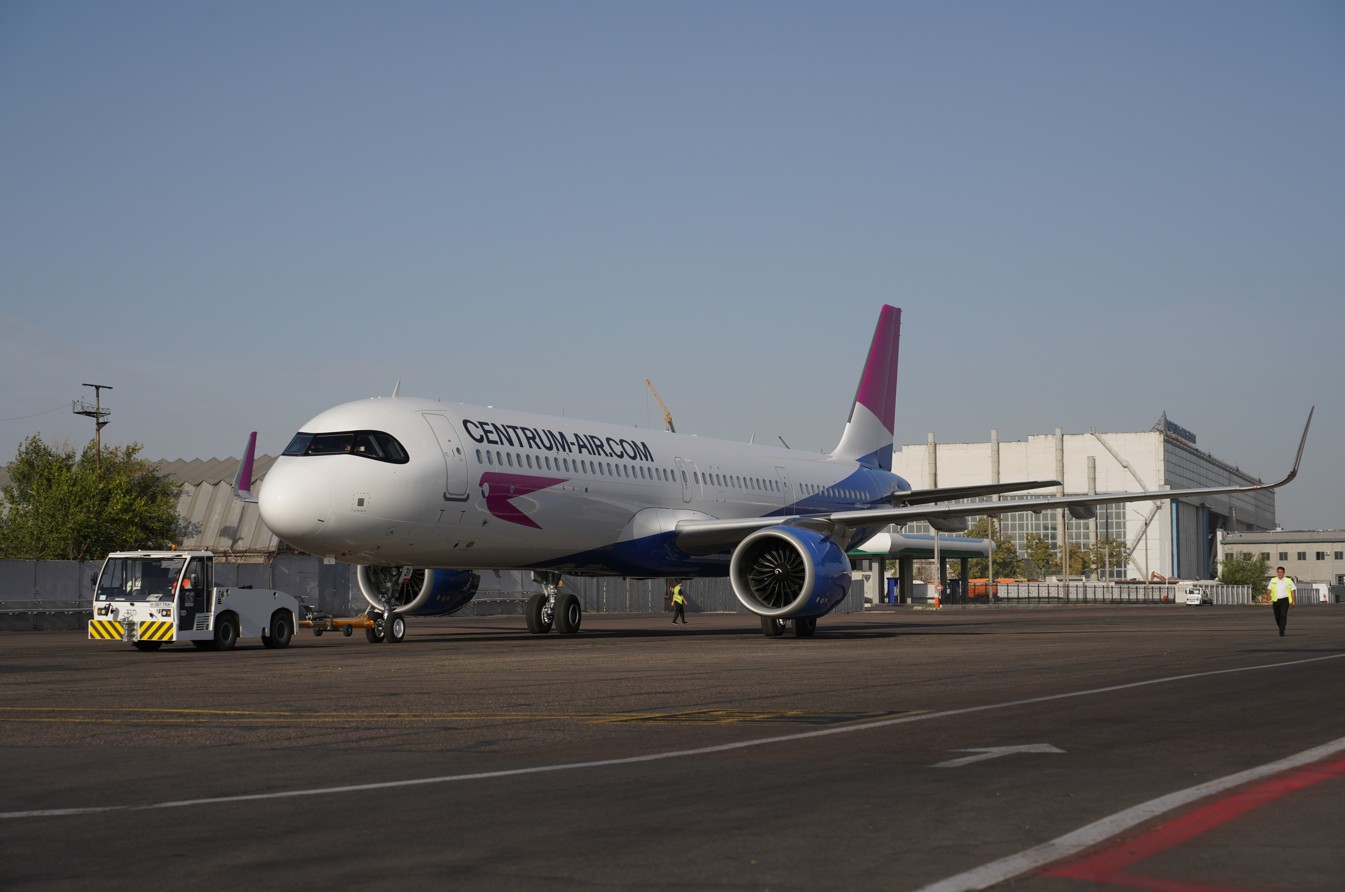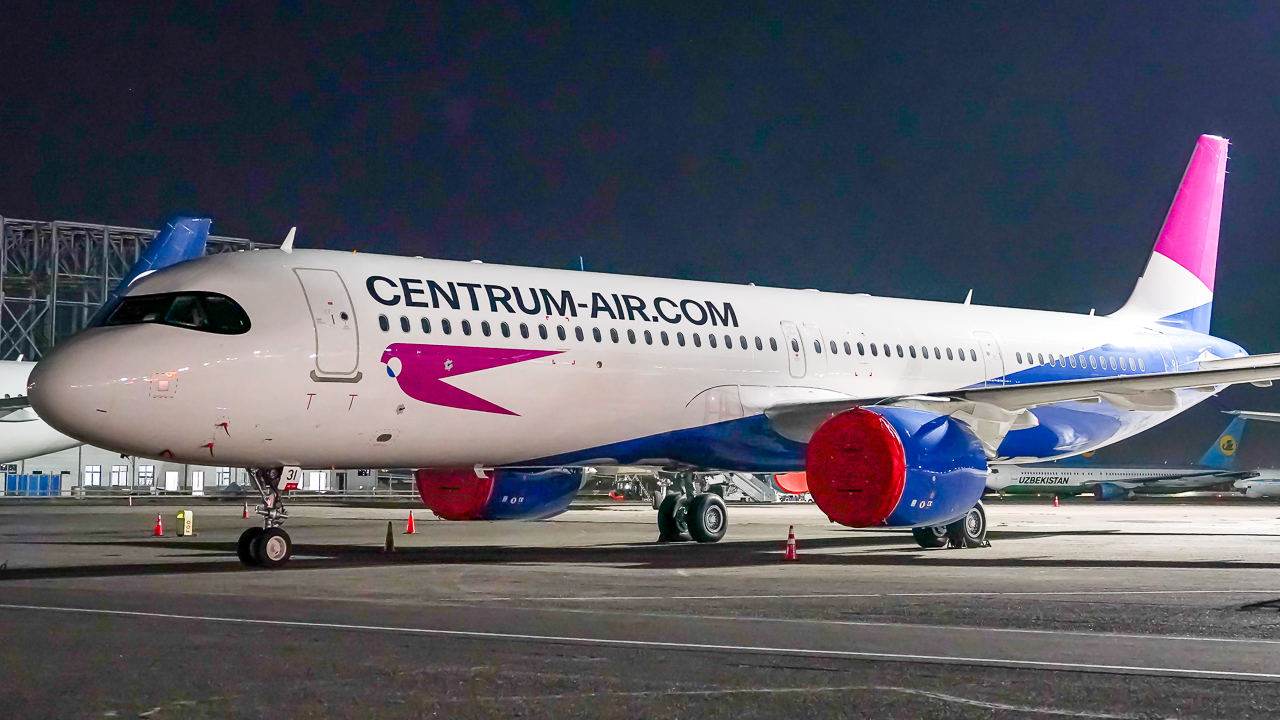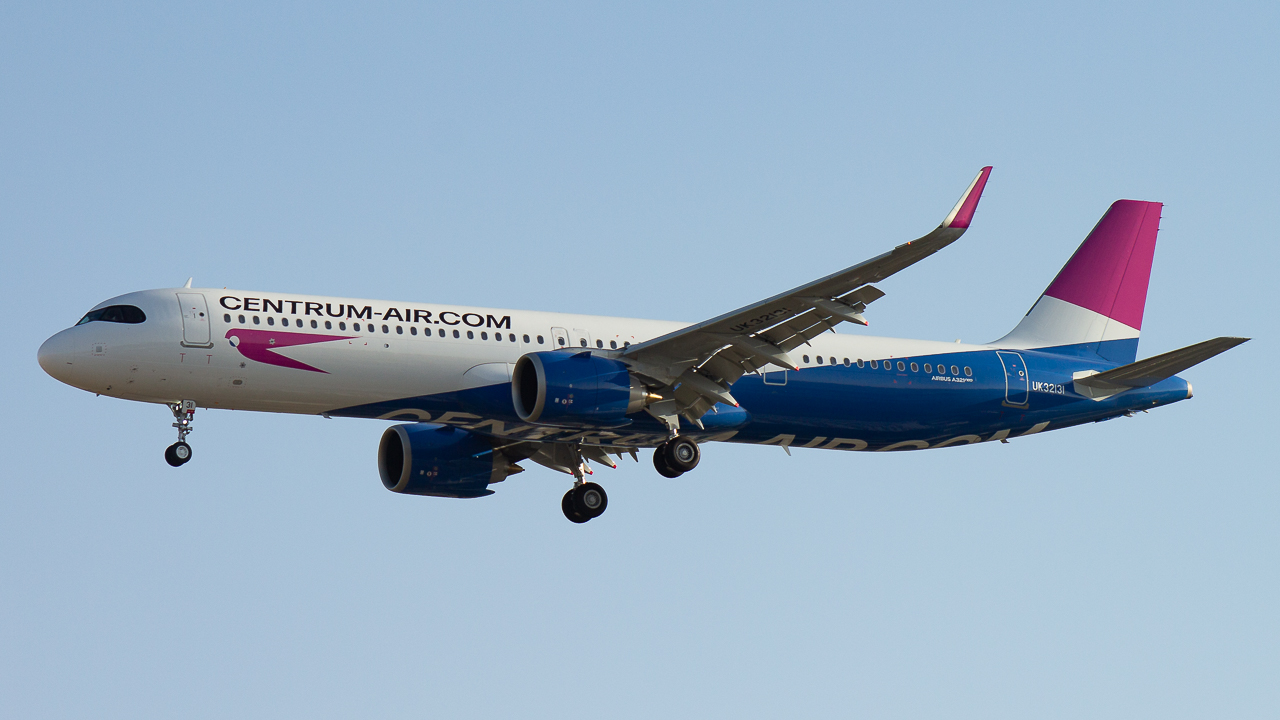
Aviation • 22 May, 2025
How a passion for airplanes turns into an exciting hobby
Let’s agree — airplanes are not just a means of transportation, but majestic machines that captivate with their power and elegance. Watching them is an art form in itself, one that fascinates people all over the world. This passion for aviation gives rise to a hobby known as planespotting — for those who strive to capture the unique beauty of aircraft in flight. Two years ago, this popular pastime was officially permitted in Uzbekistan, and here we tell the stories of those who turned their love for “steel birds” into a true adventure.
Dilmurod Tashmukhamedov
Aviation and multimodal transport specialist, photographer, planespotter
I’ve been passionate about planespotting for two years now, but my first attempts go back to 2013. I discovered that we have a local spotting community thanks to social media — I came across the profiles of Uzbek spotters on Instagram. The main reason I chose this hobby was my love for aviation. I used to think it was something only men were into, but it turns out women are just as fascinated by airplanes. I was amazed to find some very talented young women with the same hobby. What attracts me from a planespotter’s perspective is that your airline’s aircraft are always well-maintained. They are beautiful. What excites me most is the variety of liveries — the designs painted on the aircraft’s fuselage. When a plane arrives in a special livery during daylight and in clear weather — that’s a celebration for spotters. I’m lucky that my job is connected to air cargo transportation, which often brings me to the airport. I always carry my camera with me. In fact, I consider planespotting a kind of sport. It’s like a hunt, and you always have to carry your “weapon” — a 1.5 kg camera. One of the challenges is the lack of dedicated spotting areas. But it’s great that the airport is within the city, which allows us to photograph aircraft from different angles during takeoff and landing. For beginners, I recommend learning the basics of photography, understanding how to work with natural light, and acquiring basic photo editing skills. Don’t rush into buying an expensive camera — don’t fall for marketing tricks. Sometimes the process is unpredictable: you might get a perfect shot in an hour, or it may take an entire day. I know fellow spotters who “hunt” planes from midnight to sunrise. Much depends on the flight schedules. One of the best parts is when we’re invited to official spring and autumn spotting events organized by the international airport. The wonderful atmosphere at these gatherings allows us to reconnect with old friends, meet new ones, and share our joy and experience with like-minded people. I’m glad to have participated in several events organized by Centrum Air. It was exciting to capture the landing of new aircraft, technical servicing, and cargo loading and unloading processes. I’ll never forget the experience of communicating with pilots and flight attendants — but the most unforgettable part was filming in the cockpit. To anyone who wants to join our community, I’d say: set your doubts aside and try shooting with just your phone. Don’t be afraid to start, share your work, and enjoy the process. High school student I’ve been involved in planespotting for about two years now. I came into it spontaneously, when my other hobbies had to be put on hold due to health issues or lack of time. I learned about planespotting through social media long before I decided to take it up. As someone who has been passionate about aviation since childhood, I was always drawn to videos and beautiful photos of aircraft. One day I thought — why not give it a try? I met my future “colleagues” while researching planespotting in Uzbekistan. What I love most about it is the creative freedom — just like in any branch of photography. But of course, the main subjects are the planes. Through this hobby, I’ve learned to express different sides of myself. It’s helped me open up, communicate more easily, give advice, and simply enjoy doing what I love. One important point is to correctly prepare your documents to get official permission to shoot aircraft — but this part isn’t difficult. All you need is your passport. If you break any rules, you might be approached by security, but usually you’ll just be warned or asked to leave. My main advice to beginners: take photos the way you like. Study the light, the sun’s position, and always maintain a friendly atmosphere during your sessions and when communicating with others. We’re always happy to help and teach newcomers how to use their equipment. To start, it’s best to get a semi-professional camera and a good lens with solid focal length. Most of your image quality and comfort during shooting will depend on the lens. You don’t have to work on board to be close to aviation. As we’ve seen, sometimes you can fulfill a dream from the ground — and discover a whole new way of looking at the world. Entrepreneur I run a business, and I’ve been into planespotting for about a year now. The love for airplanes runs in our family: my father always enjoyed watching them, and I inherited his interest. After graduating from university, I worked near the airport and used to go take photos of planes at the end of the day. At first, all I had was my phone — I started an Instagram and Telegram channel where I posted my shots. Later, I got myself a basic camera and a lens for a modest price — around 3 million Uzbek soums. I plan to upgrade my gear soon — I need another lens for night photography. For now, most of my pictures are daytime shots. Along the way, I met like-minded people, including the founders of the spotting movement in Uzbekistan and some newcomers. I met them all in a spotters’ chat group — we’re about 70 people now. They recommended platforms where I could share my photos and helped me pick out a good starter camera and learn about angles and perspectives. Planespotting has become an important part of my life. It helps me escape from everyday worries. Watching planes land and take off brings me peace. But it’s not just about relaxation — it’s also about discovery. We’re always chasing that perfect shot or rare aircraft model. It’s hard to describe the feeling when a plane flies overhead — it’s a thrill that sometimes gives you goosebumps. A major highlight for me was attending the airshow in Chirchik. They invited everyone, including planespotters, to the airbase, where we could see military aircraft, helicopters, fighter jets, and transport planes. The emotions were indescribable! As for difficulties — there aren’t many. Usually, the only issues arise when security protocols at the airport are heightened. During such times, we’re stopped and told we can’t take photos. But on regular days, there’s no problem. We know not to photograph security personnel or go past barriers — and we explain these rules to newcomers, so there’s rarely any trouble. Things became much easier after the 2022 decree that legalized planespotting. We feel lucky — not all neighboring countries have done the same. Unexpected situations do happen — it’s frustrating when you don’t have time to change locations due to a last-minute runway switch caused by weather. That can be disappointing, but sometimes it leads to pleasant surprises. Just today, I went out hoping for a shot — and ended up capturing a rare model: a Boeing 787. It had flown in from Bishkek, and no one expected it. I just happened to be in the right place at the right time. To beginners I’d say — don’t worry about having special knowledge. All you need is a love for airplanes. Practice will improve your skills and eventually get you the results you want. Just keep gaining experience and shoot as much as you can. You can read up on basic composition and framing. If you don’t have gear, a phone will do just fine to start with. And don’t overthink it — if you love planes, just start.Sofia Nikolaeva
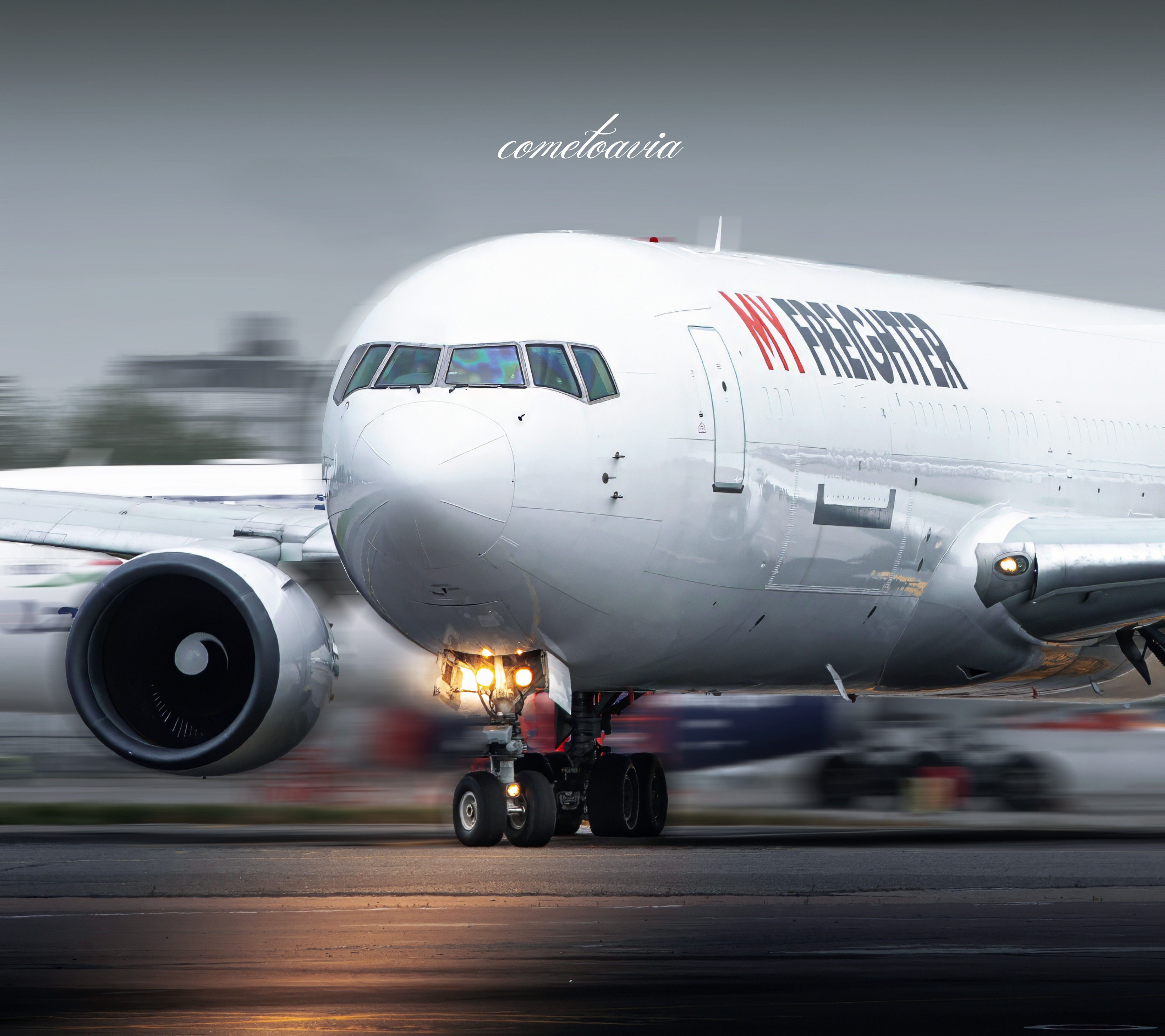
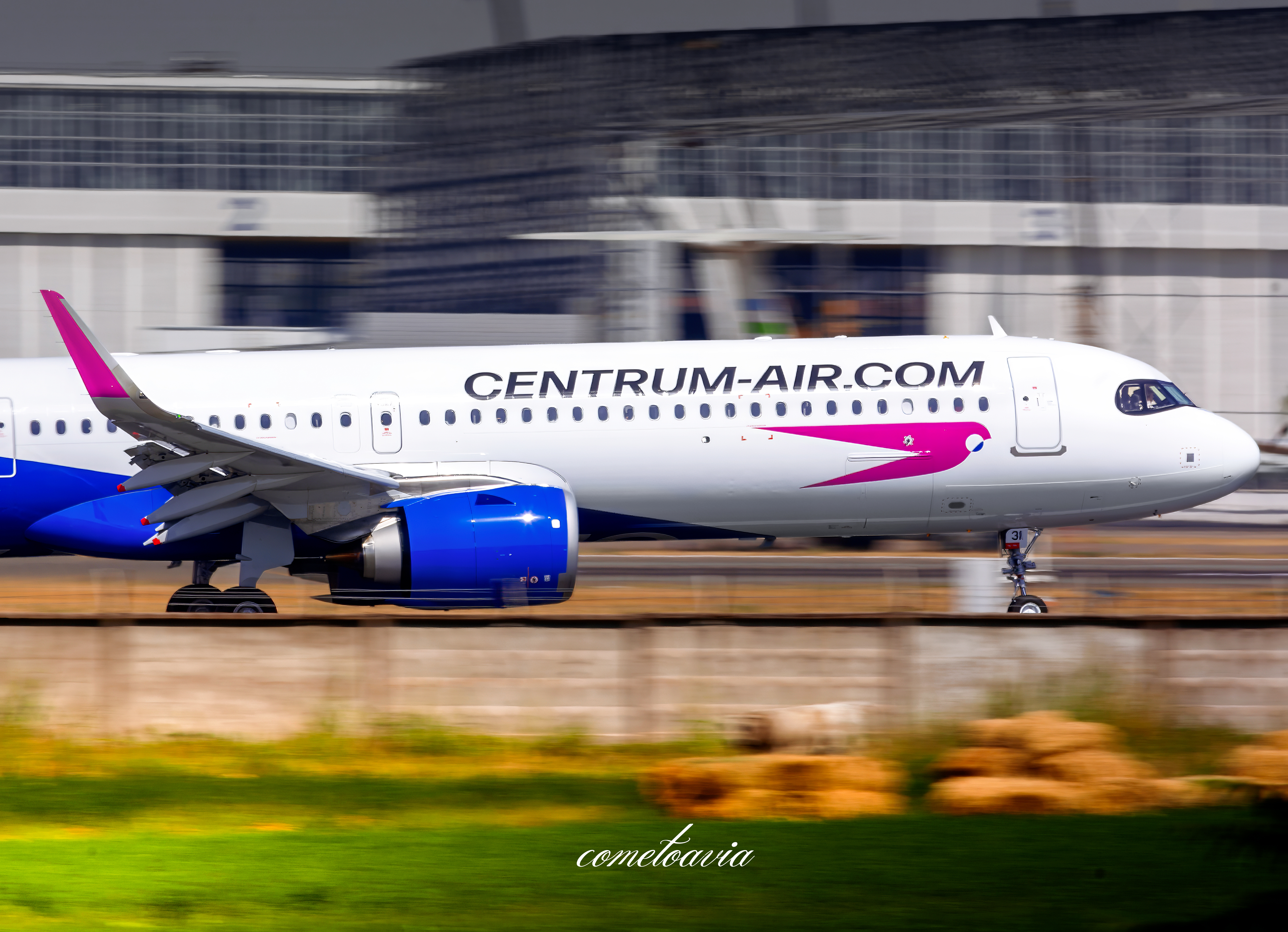
Mukhammadrasul Mukhiddinov
